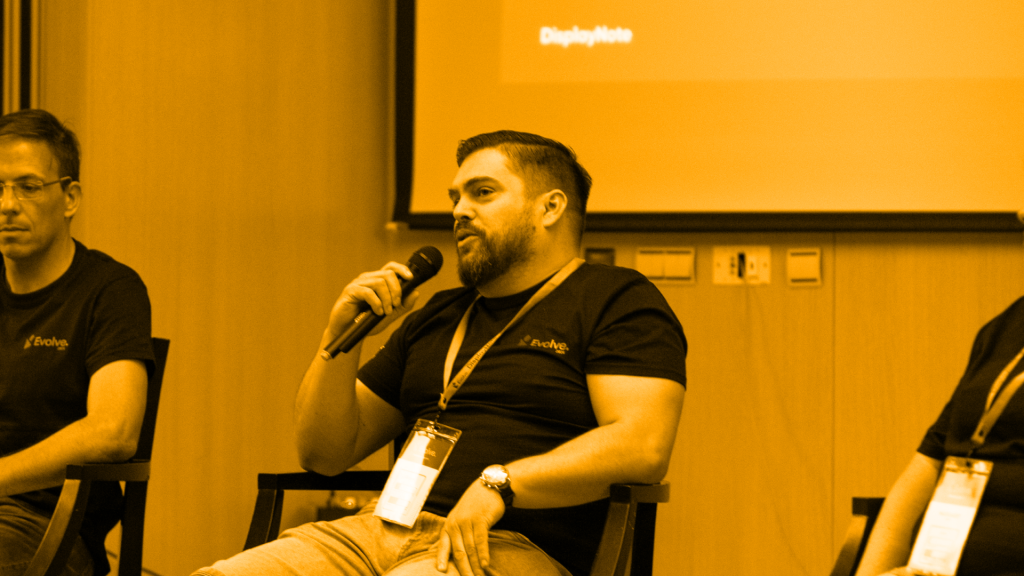
The silent collaboration killers already in your meeting rooms.
No one sets out to put different collaboration solutions in different rooms. As budgets become available or suddenly vanish, as new technologies come to market, as company-wide objectives change course, we can often be left with a wide range of similar but different collaboration tools in different meeting or huddle rooms.And while one could never classify this as a ‘hair-on-fire-please-get-me-the-head-of-IT-now’ issue left unaddressed it can open the backdoor to a host of uninvited productivity killers. In fact, there’s a good chance one of these silent but deadly killers is already sitting in your meeting spaces. But how to get rid of them? Like all problems, step one is a diagnosis: only can we identify can we take measures to address.
1. Calendar bottlenecks
It’s a fair bet to say that the people using your meeting spaces are going to gravitate towards the rooms with latest tech, leaving those rooms with older solutions potentially underused.
While there’s nothing inherently wrong with the rooms that have older or no tech (sometimes we just need space to have an open discussion with our team) the downside is that those rooms with new solutions start to get overbooked creating an unnecessary bottleneck.
Examples include team members pushing out meeting dates and times until ‘The Napoleon Room’ with its machine learning enabled display becomes available.
2. Hampering collaboration
Without a standardised approach, the innumerable variations in operating models across your company’s many businesses and geographical markets would hamper collaboration between teams.
If your organisation is standardising processes across the board or has standards in place (this could be on everything from how sales are processed, leads are managed, proposals sent etc.) having to behave differently in different rooms because of the tools available, only serves to fail the organisation as it works to get better at serving customers, tighten up on execution and improve performance in other ways.
3. Marginal losses and silent decline
A core belief of Dave Brailsford, General Manager and Performance Director for Team Sky (Great Britain’s professional cycling team), is the “aggregation of marginal gains.”
He explained it as “the 1 percent margin for improvement in everything you do.” His belief was that if you improved every area related to cycling by just 1 percent, then those small gains would add up to remarkable improvement.
His hope was that they would win a first Tour de France in 5 years: they won it in 3. The reverse of marginals gains, marginal losses, works in the same way. You find yourself stuck with bad habits or poor results, and it’s usually not because something happened overnight. It’s the sum of many small choices — a 1 percent decline here and there — that eventually leads to a problem.
So while it doesn’t make a difference at the time – for example having to work out how to use 4 different video conferencing units, or taking a minute to work out how to use a use a particular wireless presentation system – they can, and will add up over the long term.
Think about how your spaces are used…
Are people gravitating towards certain rooms?
Do the collaboration tools you deploy serve or stand in the way of company objectives
What can you do today to set you on the way to marginal gains?
Next steps…
Learn how to standardise your wireless presentation systems across your organisation.
Want to stay in the loop?
Keep up-to-date with everything DisplayNote – including new releases, job openings, and customer giveaways.
Don’t worry, we’ll not spam you and we’ll never share your email with anyone






